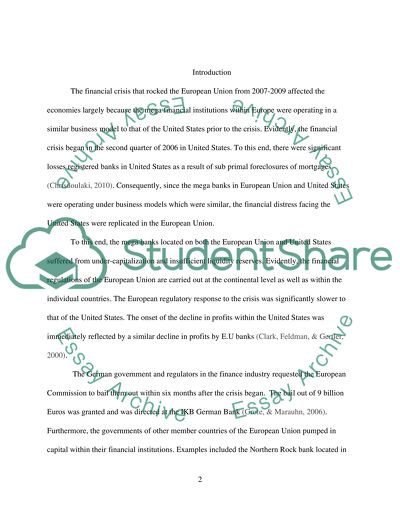Cite this document
(“The main EU regulatory to the financial crisis Essay”, n.d.)
Retrieved from https://studentshare.org/finance-accounting/1621438-the-main-eu-regulatory-to-the-financial-crisis
Retrieved from https://studentshare.org/finance-accounting/1621438-the-main-eu-regulatory-to-the-financial-crisis
(The Main EU Regulatory to the Financial Crisis Essay)
https://studentshare.org/finance-accounting/1621438-the-main-eu-regulatory-to-the-financial-crisis.
https://studentshare.org/finance-accounting/1621438-the-main-eu-regulatory-to-the-financial-crisis.
“The Main EU Regulatory to the Financial Crisis Essay”, n.d. https://studentshare.org/finance-accounting/1621438-the-main-eu-regulatory-to-the-financial-crisis.


